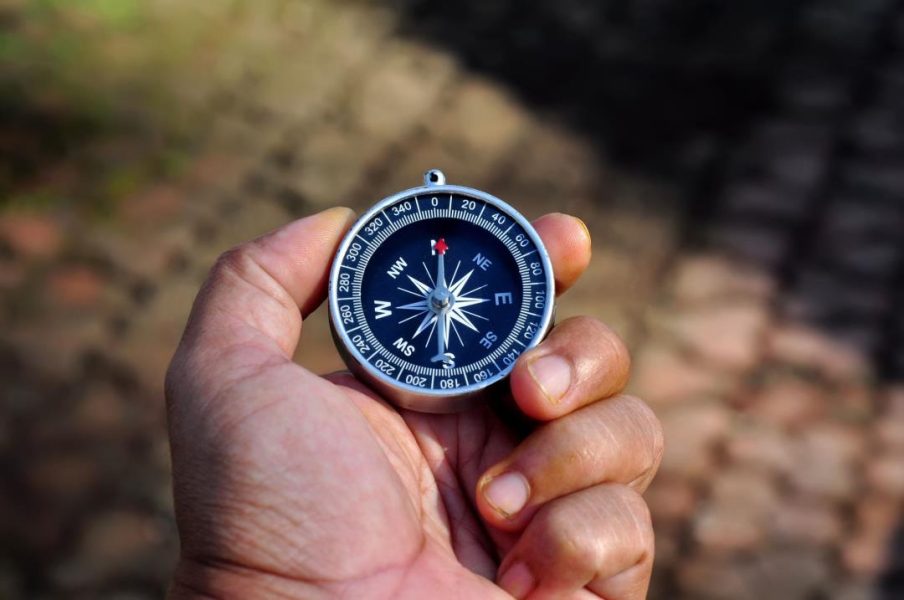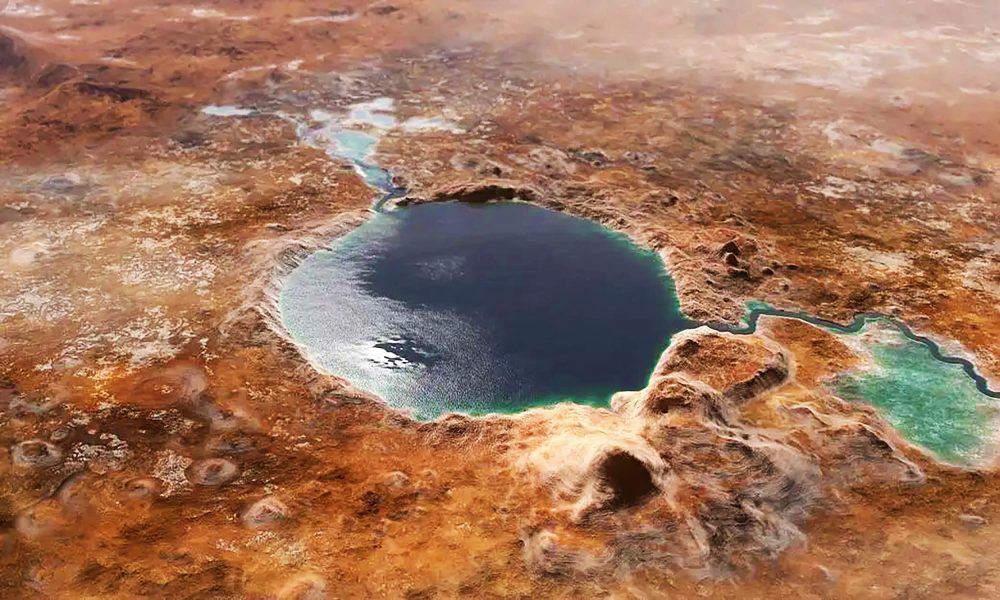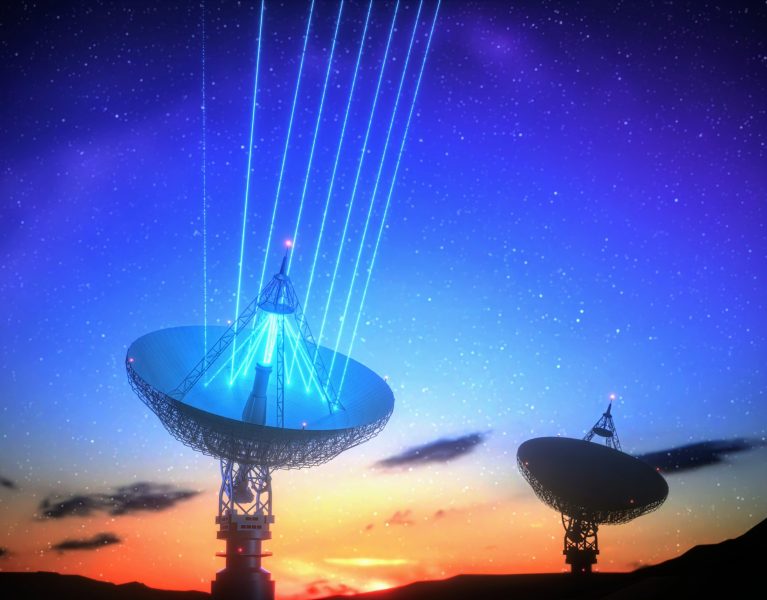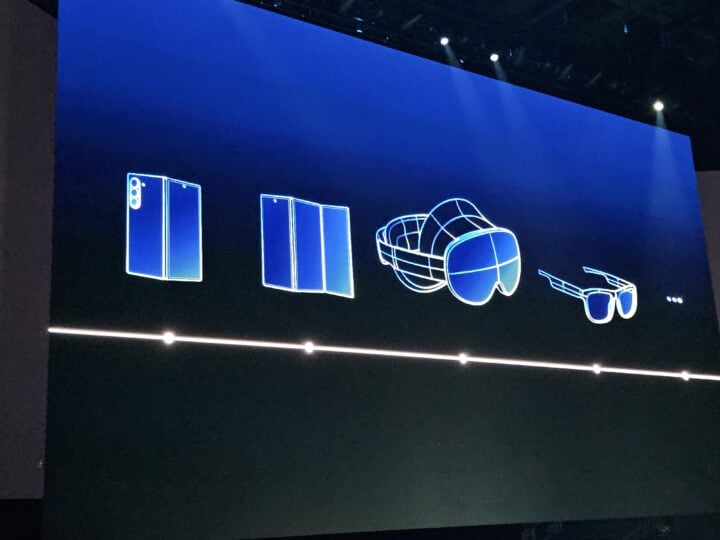A Giant Object May Have Warped Our Solar System, Study Reveals – The Daily Galaxy –Great Discoveries Channel
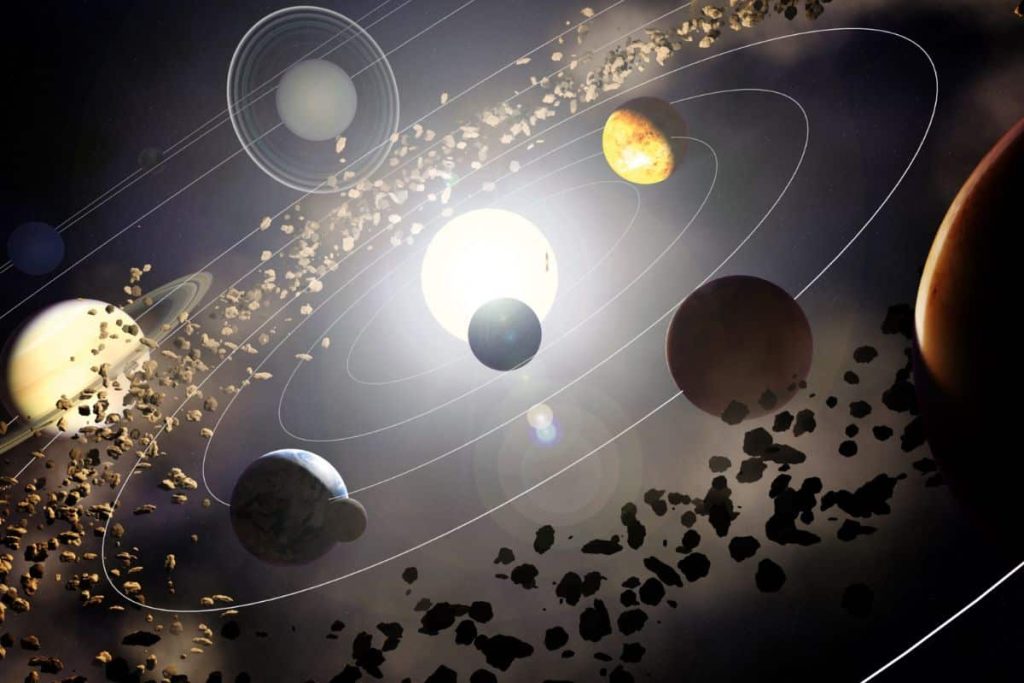
What if something from beyond our Solar System had a hand in shaping the orbits of our planets? New research hints at a thrilling possibility: a colossal object, far heavier than anything we’ve encountered, may have once passed through our cosmic neighborhood, leaving behind a lasting distortion. While the likelihood of such an event seems remote, the theory raises fascinating questions about the true history of our Solar System. New research suggests that a massive, unidentified object might have passed through our Solar System billions of years ago, leaving a lasting imprint on the orbits of our planets. This intriguing hypothesis, put forward by researchers at the University of Toronto and the University of Arizona, could provide the answer to why our Solar System’s orbits appear warped and more eccentric than expected.If you were to draw up a solar system from scratch, you might imagine planets orbiting their star in smooth, circular paths, surrounded by a flat disc of planetary material. This arrangement is expected, according to the laws of physics.However, our own Solar System doesn’t follow this idealized model. Instead, the orbits of our planets are slightly tilted, and their paths are more elliptical than perfectly circular. This raises the question: what caused this irregularity?According to the study, an object that originated outside of our Solar System could be the culprit behind this cosmic distortion. This interstellar visitor, which may have been as massive as 50 times the size of Jupiter, could have entered our solar system at some point during its formation, exerting a powerful gravitational influence on the planets before eventually drifting away. The scientists suggest that this object’s path may have disturbed the orbits of the giant planets, setting them on their current, somewhat irregular paths.To test this hypothesis, the research team simulated the possible effects of such an interstellar object passing through the Solar System. They found that a mass approximately eight times that of Jupiter could have traveled within the orbit of Uranus, moving at a speed of 2.69 km/s. This speed would have been enough for the object to leave the Solar System without getting trapped by the Sun’s gravity, yet still enough to significantly alter the orbits of the planets in its path.While this event is still theoretical, the research suggests that the chances of it happening are not as slim as one might think. The simulations indicated that this type of interaction could have occurred once in every 1,000 to 10,000 years—an occurrence that might not be as rare as it seems, given the large number of star clusters scattered across our galaxy. The team’s findings highlight the dynamic nature of the Milky Way, where our Sun frequently passes close to other stars, some of which might harbor rogue planets or wandering objects capable of disturbing the solar system.The idea that a rogue object might come hurtling through our Solar System again raises intriguing questions about the future of our planet. While the likelihood of another similar event happening soon is slim, it’s a reminder that the Solar System is not as isolated as we might assume.As the Sun continues its journey through the galaxy, it may one day encounter another massive object from a distant star system, potentially causing further disruptions to our planetary orbits.The possibility of an interstellar object plowing through our cosmic neighborhood is a humbling thought. Our relatively stable Solar System could be at the mercy of the galactic forces at play around us. In the far future, such an event could lead to drastic changes in the orbits of our planets—or even eject one of them from the Solar System altogether.While the concept of rogue objects passing through our Solar System may seem far-fetched, the history of interstellar objects suggests otherwise. The most famous example of such an encounter is ‘Oumuamua, an object that passed through our Solar System in 2017. Though small compared to the theoretical mass proposed by this study, Oumuamua’s visit offered valuable insights into the potential for objects from outside the Solar System to interact with our own.The study’s authors caution that the findings are still in the early stages, and further research and peer review are needed. Nonetheless, their hypothesis adds a new dimension to our understanding of the Solar System’s formation, and it may eventually provide the missing piece of the puzzle in explaining the peculiarities of our planetary orbits.Got a reaction? Share your thoughts in the commentsEnjoyed this article? Subscribe to our free newsletter for engaging stories, exclusive content, and the latest news.Comment Save my name, email, and website in this browser for the next time I comment.
© 2024 | Daily Galaxy | All rights reserved
Source: https://dailygalaxy.com/2025/01/a-giant-object-may-have-warped-our-solar-system-study-reveals/
